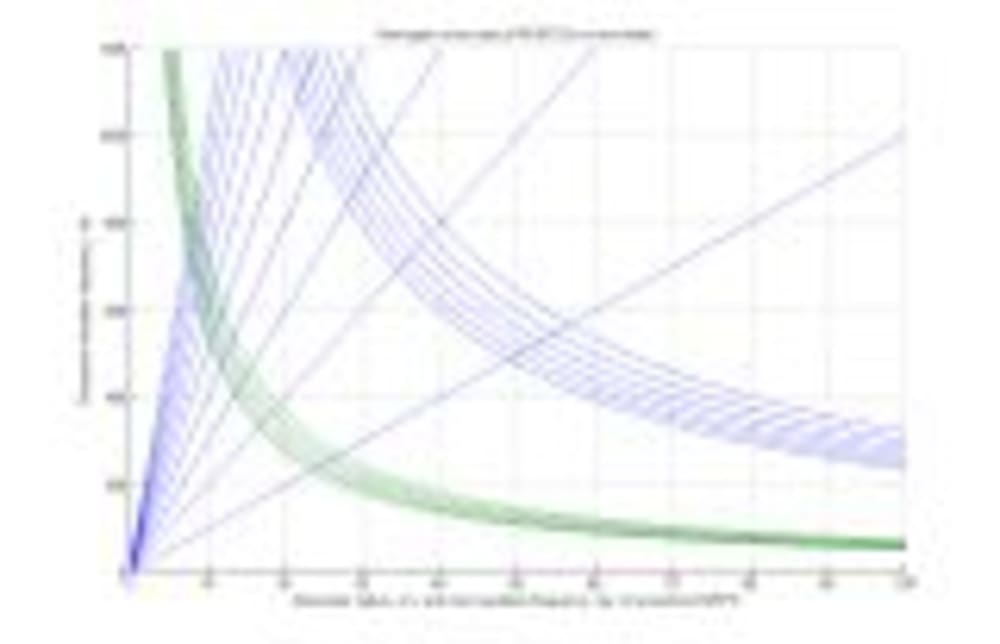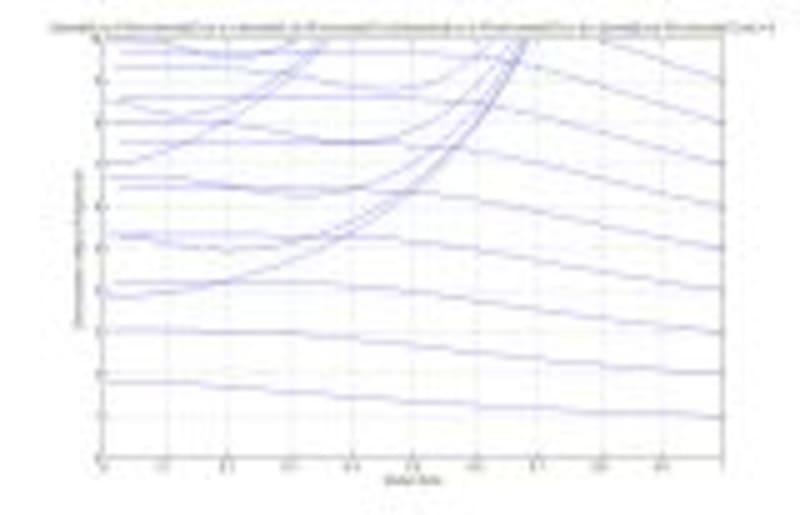Resonant cyclic energy flow systems (RCEFS) are designed for resonant generation of mechanical or electromagnetic vibratory or oscillatory energy through excitation of not standing but the traveling, namely – revolving, natural waves within a distributed parameter system. The necessary and sufficient condition for realization of natural revolving waves in a system domain is the availability of multiple natural frequencies for this domain shape. Circular annular resonator has the most suitable shape for this technical purpose. An example of acoustical RCEFS is shown in fig.1. The cyclic excitation of such resonator with the natural angular frequency leads to the forced resonant revolving vibration due to accumulation of oscillatory energy. At steady revolving regime the wave power is restricted only with losses for dissipation and energy output. RCEFS consist of a circular resonator and energy input-output devices as well.
Mathematical description of the problem includes both homogeneous and non-homogeneous boundary value problems in acoustics for study free and forced acoustical vibrations in RCEFS through Acoustics Module as well as non-homogeneous boundary value problem in fluid dynamics with Chemical Engineering Module of COMSOL Multiphysics. In the case of microwave RCEFS description of the problem includes both homogeneous and non-homogeneous boundary value problems in electrodynamics for study free and forced electromagnetic oscillations through RF Module of COMSOL Multiphysics.
COMSOL Multiphysics provides excellent modeling and simulation of RCEFS at the stage of design. The calculations of natural frequencies (fig.2) and forms of vibration and forced vibrations under revolving loads allow setting up easily the resonant operation mode of RCEFS (fig.3).
There are definite advantages of resonant excitation of natural revolving waves instead of
standing natural waves. They are:
1. Highest steady power flux thanks to extensive circular excitation of the resonator along
its surface even with quite low energy input.
2. Lack of stagnant vibration areas which leads to item 3.
3. Uniform operation of each resonator element at both types of energy: kinetic-potential;
electric-magnetic.
4. Energy input-output spatial continuity possibility.
5. Lowest dissipation losses owing to item 3.
Acoustical and microwave RCEFS are the most pragmatic because their
working media – fluid, gas and electromagnetic field, ? don't
suffer with long-term sharp resonant tensions as opposed to solids
subjected to fracture.
Like this entry?
-
About the Entrant
- Name:Eugene Svijazheninov
- Type of entry:individual
- Hardware used for this entry:Intel 4Software used for this entry:COMSOL, MATLAB
- Patent status:pending








